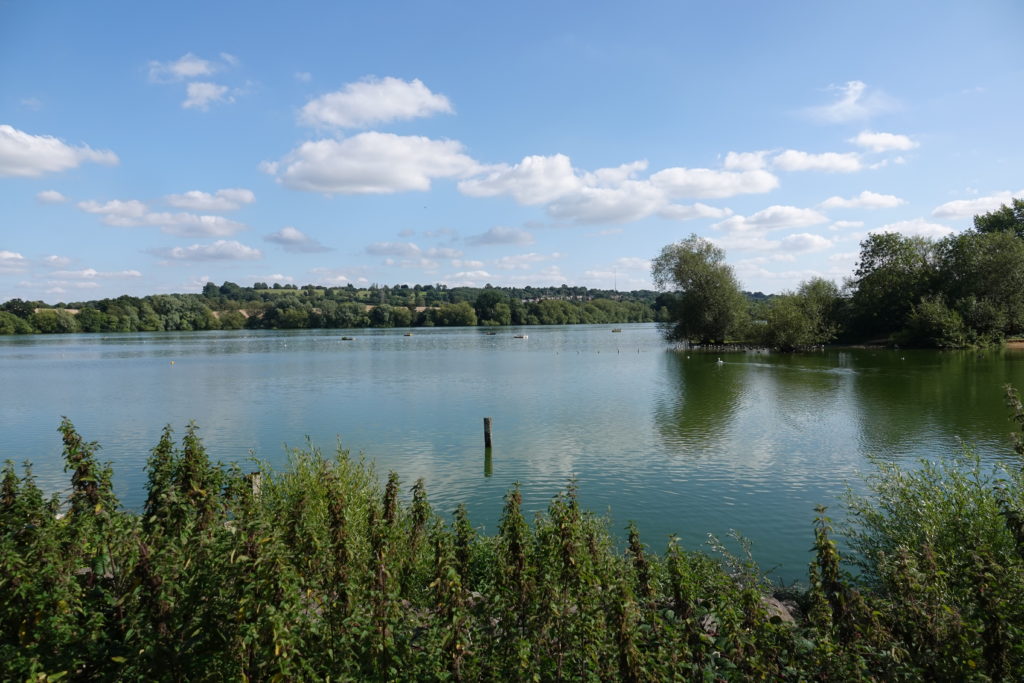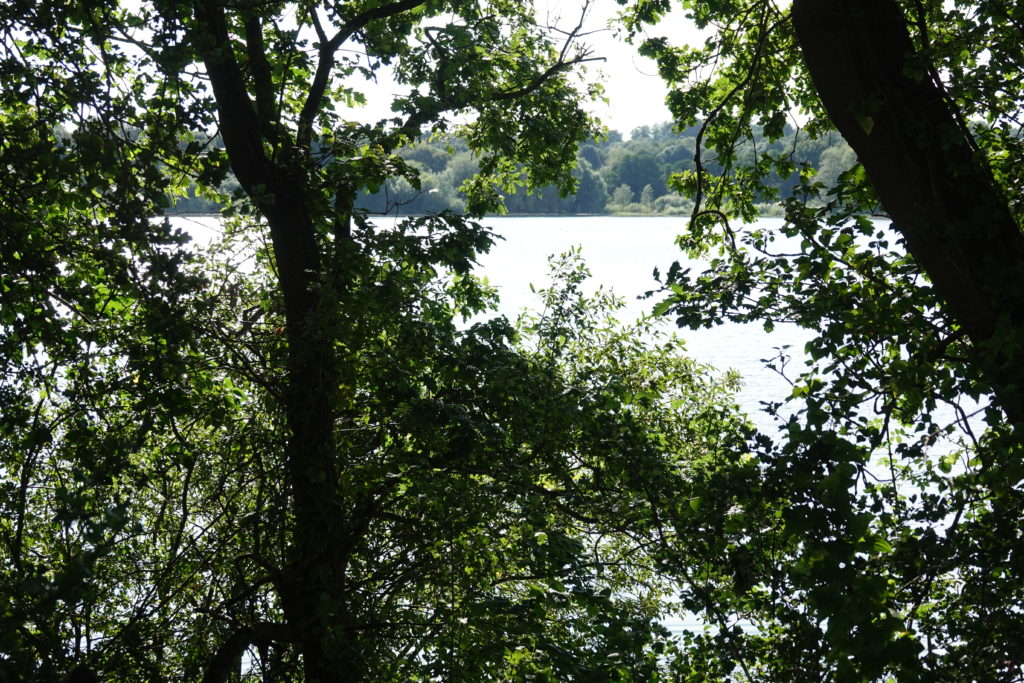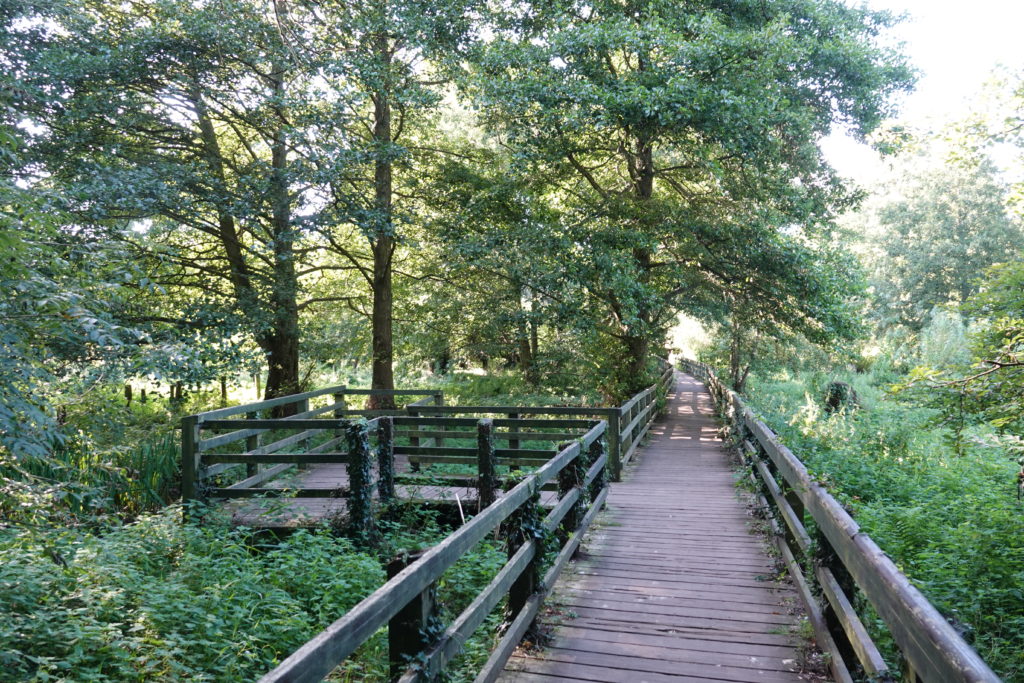
Science and boat wrangling
The August holiday weekend is nearly here, the weather forecast is good, and the canals are crammed with boats, especially the stretch from Napton to Braunston where the Oxford and the Grand Union are the same canal. Most of them are OK, but a few of them are driven by beginners who don’t know how to steer. That’s by way of explaining why we were hit twice today once by a boat coming the other way round a corner who wanted to stay in the middle of the canal rather than moving over to his side, and the other when we were moored up, by a boat drunkenly staggering from one side of the cut to the other. Someone must have put prosecco in the diesel.
We paused long enough in Braunston to run up a hundred pound bill Midland Chandlers (about ten minutes) and then up the six locks into the tunnel. Luckily most of the boats passing through Braunston were headed for Oxford or Rugby, not London, and there was no wait for the locks. Two boats came out of the tunnel just before we went in, but the tunnel itself was empty for the whole mile and a bit length. This is good, because I was not looking forward to squeezing past other boats with inexperienced helmspeople.
Is it time to talk about the Venturi effect? Sure it is.
Giovanni Battista Venturi (1746-1822) was an Italian priest, scientist, engineer, and historian. He was one of the first people to call attention to the importance of Leonardo da Vinci as a scientist rather than an artist, and he edited and published many of the letters and manuscripts of Galileo. In 1797 he published a paper called Recherches Experimentales sur le Principe de la Communication Laterale du Mouvement dans les Fluides appliqué a l’Explication de Differens Phenomènes Hydrauliques. Let me sum it up in one sentence: Pressure decreases in fast moving fluids.
So how does this apply to canal boats? Well, if a boat is moving in a tunnel, it is pushing water in front of it, and that water runs back around the sides of the boat. If it is close to one wall of the tunnel the water runs back faster along that side than the other. Pressure decreases on the side closest to the tunnel wall, and the boat gets sucked that way, and scrapes along the wall having a hard time getting back to the middle of the tunnel.
If there are no other boats around you can stay in the middle of the tunnel and not have this problem. However, if there is a boat coming the other way you have to move over to the side. The tunnels are only just wide enough for two boats to pass. It makes sense to slow down as well, so if you do bang against the other boat you don’t do it very hard. However, once you are side by side with the other boat in the tunnel the polite thing to do is to speed up again. Why? Because the stream of water being pushed back by your propellor is a fast moving fluid, so pressure decreases, and that will pull the other boat back into the middle of the tunnel.
Of course, people who don’t know what they are doing go too fast, hit your boat CLUNK then slow down as they are going past you leaving you stuck to the side of the tunnel.
Coming out of the tunnel we met two more boats coming the other way. Perfect timing. We moored up for the night close to Daventry Country Park. Here are some pictures from the park, which is based around a small reservoir.




